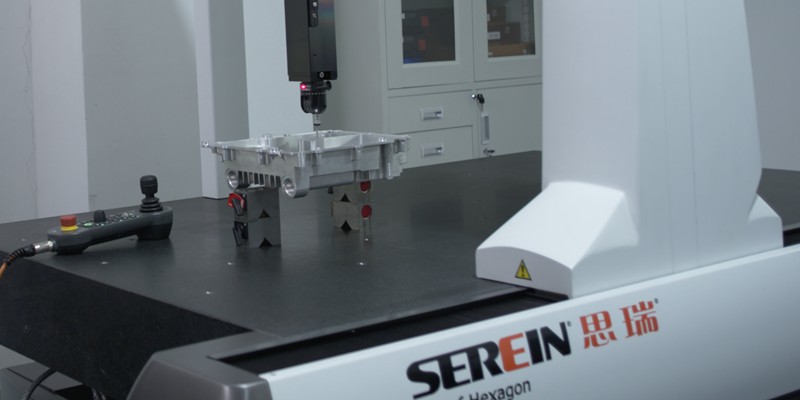- June 15, 2024
CNC machines offer a low probability of error compared to traditional manufacturing. With quality programming and a skilled operator, this machine can have less than a 1% probability of error, which explains the growth of the CNC machining industry more significantly.
However, precision may still not be guaranteed even with CNC machines, which require constant quality controls that allow the detection of deviations and even micrometer errors. In this article, we will discuss the technologies and methods of quality control for CNC machining.
What is Quality Control in CNC Machining?
Quality control in CNC machining is a process of using instruments and techniques that ensure a high-quality output that meets industry standards and regulations. It is one of the key factors for a successful manufactured product.
At the same time, the main quality control objective is to minimize errors by identifying and defining them. The absence of quality control may cause scraped parts, leading to thousands of dollars in loss.
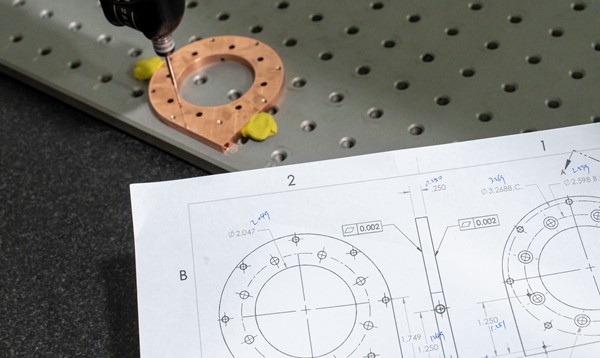
Quality Control Parameters in CNC Machining
CNC machines rely on crucial parameters, such as computer instruction and raw material quality to achieve precision and ensure that all parts fit together, making a perfect product that satisfies customers.
Dimensional Accuracy and Tolerance
Dimensional accuracy is a term used to compare the intensity of compatibility between the planned and actual dimensions of the output. Tolerance refers to a specifically permitted volume of variation to the planned dimensions. For example, if the tolerance is ±0.002 and we have a part with a diameter of 3.000 inches, the acceptable diameters will be 2.998 inches to 3.002 inches.
If you are working on a part without a specific tolerance provided, you can use international tolerance standards that are +/-0.1mm.
Surface Finish and Roughness
The surface of machined parts describes the quality and precision of the CNC machine itself, which is measured by the roughness in micrometers’ rigor with a laser scanner, where the standard of a CNC machined surface roughness should be 125 μin.
Assembly and Fit
The machined parts must be assembled and fit together perfectly, showing the result of Dimensional Accuracy. The parts need to be synchronized together, forming a functional product.
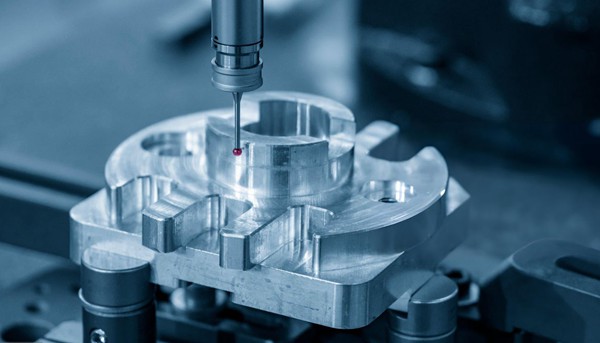
Industry Standards and Regulations in Quality Control for CNC Machining
There are three common quality control standards in the machining industry.
ISO 9001
Released in 1987 by the International Organization for Standardization (ISO), ISO 9001 is one of the most well-known and used quality management systems. It aims to help businesses meet customers’ expectations and maintain quality products.
ISO 16949
It’s also a quality management standard that focuses on the automotive industry, which provides a framework to maximally decrease waste of materials in the supply chains and a high level of security.
AS9100
Finishing with the AS9100 that was made in 1999, focusing on the aerospace industry, this management standard requires more severe control over the product compared to other quality management systems.
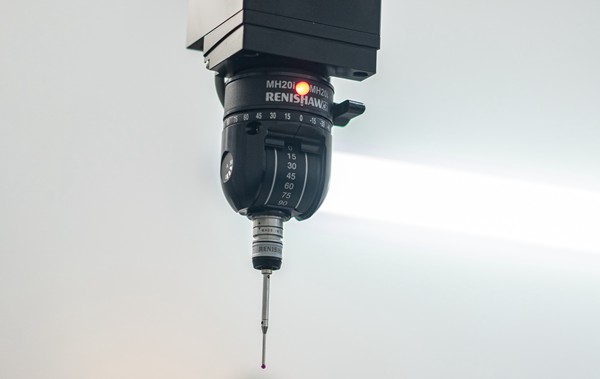
What Steps are Involved in Quality Control and Inspection?
Machined parts require consistent quality control and inspection, so following those next key steps is a must for manufacturers.
Raw Materials & Tool Inspection
Raw materials are one of the most essential and first inspections that must be done. These inspections could be done while receiving the raw material by visually checking it to ensure that there is no damage in the packaging, the surface is totally smooth, and the measurement meets the design’s requirements. Also, make sure that there are no errors in the centering and tool movements, such as the spinning and linear axis movement ability.
First Article Inspection (FAI)
A process to verify whether a new or newly modified product meets the manufacturing specification, dimensional characteristics, and quality requirements. The FAI can also validate whether the product meets standards and regulations like ISO9001.
Nowadays the FAI no longer needs complex paperwork instead, there is software that provides immediate review and reduces FAI rejection such as Net-Inspect’s software.
In-process Inspection
The In-process inspection takes care of all manufacturing details along the production process by checking parameters in every single part to ensure that it meets all the requirements and standards.
Final Inspection
The final inspection phase ensures that machined parts conform to the quality standards and dimensions, before meeting the other parts to form a complete product by thoroughly inspecting, the manufactured part details where the CMM is usually implemented.
Assembly and Fit-Up Inspection
After making sure that all the manufactured parts meet the quality standards comes the assembly phase, the manufacturer assembles all parts together. Then, checking the products if they meet the geometric tolerances, all parts need to be synchronized together to accomplish the product utility.
Statistical process control (SPC)
The use of static processes to control and manage CNC machines while working helps manufacturers determine if there are any deviations or errors, which ensures a high-quality CNC machined part. Using Qualis 4.0, SPC software could make the task easier by offering an advanced analysis and a high tracking performance.
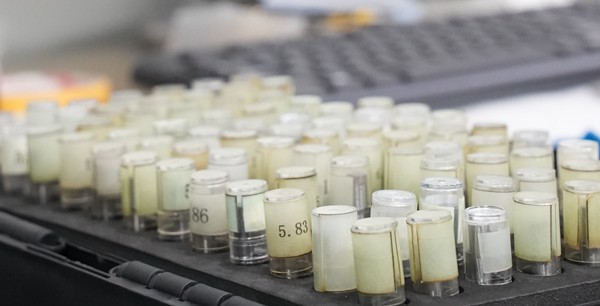
Tools and Methods for Inspection in CNC Machining
There are different tools and methods to be used in inspecting CNC machined parts.
Dimensional and Tolerance Measurement Tools
Precision and dimensional perfection are necessary for CNC machining manufacturers. These tools include modern and traditional ones.
- Coordinate measuring machines (CMM): CMM is a powerful measuring device that uses a contact probe to set random points on the measured surface. It ues the touch-trigger or lazer scanner technologies to create a digital plan of the part and provide precise measures, to use CMM you must be familiar with using CAD models to compare measured data with the intended design.
- Traditional Measurement Tools: To measure CNC machined parts, we can also use traditional tools such as Calipers and micrometres, which are easy to use and valuable tools when it comes to dimensional measurements.
Surface Finish Inspection
The inspection of the surface of the machined part ensures its quality and functionality. Several techniques could be used for surface inspection, such as visual inspection, one of the simplest and most efficient techniques, and Eddy Current Testing.
Hardness Testers
If material hardness is unknown, it needs to be tested to ensure that it meets the hardness requirements. There is many techniques you can use in the hardness tests such as Brinell and Vickers.
Visual Inspection
A visual inspection could be one of the most efficient inspection methods, but it requires a manufacturer with a high level of experience who is skilled in using tools like borescopes and microscopes to verify all the product parts, especially the angles, holes, and geometric tolerances, by comparing them with the engineering drawings.
WayKen Ensure Strict Standards for Your CNC Machining Projects
At WayKen, we always understand the importance of quality control in CNC machining. Our comprehensive CNC machining services offer advanced technologies to ensure high-quality products. We also utilize a series of inspection tools and methods, including Coordinate Measuring Machines (CMM), traditional calipers and micrometers, surface finish inspections, and hardness testers. Quality is our commitment, we keep guaranteeing strict quality control for all your machining projects.
Conclusion
The key to any successful manufacturer is product quality, which requires implementing quality control and inspection in every part of the manufacturing process and staying updated in terms of inspection technologies and methods by using the newest tools available.

